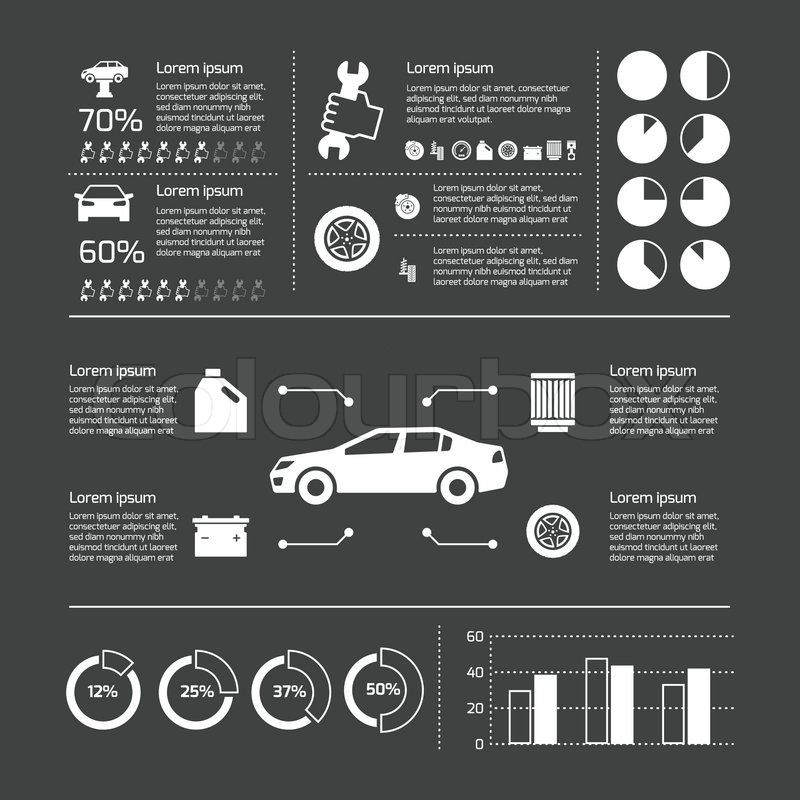Curious Concerning Those Control Panel Warning Lights In Your Auto? Learn What They Indicate For Your Car'S Health And Safety
Curious Concerning Those Control Panel Warning Lights In Your Auto? Learn What They Indicate For Your Car'S Health And Safety
Blog Article
Writer-Lim Forbes
When you're behind the wheel, those glowing caution lights on your dashboard can be a little bit puzzling. Do you know what they're attempting to tell you about your vehicle's wellness? Understanding the value of these lights is vital for your safety and the longevity of your car. So, the next time one of those lights pops up, would not you intend to understand its message precisely and take the necessary steps to resolve it?
Common Warning Lights and Interpretations
Identify typical caution lights in your auto and understand their meanings to make certain secure driving.
One of the most common caution lights consist of the check engine light, which signals concerns with the engine or emissions system. If this light comes on, it's essential to have your vehicle checked quickly.
The oil stress cautioning light indicates low oil stress, needing instant interest to stop engine damage.
A blinking battery light could recommend a defective charging system, possibly leaving you stranded otherwise attended to.
The tire pressure monitoring system (TPMS) light notifies you to reduced tire stress, affecting vehicle stability and gas effectiveness. Overlooking this might cause unsafe driving conditions.
The ABS light shows an issue with the anti-lock stopping system, endangering your capability to stop swiftly in emergencies.
Lastly, visit the up coming site warning light warns of engine overheating, which can cause serious damages otherwise solved promptly.
Comprehending these common warning lights will certainly help you address concerns promptly and maintain risk-free driving problems.
Relevance of Prompt Interest
Recognizing the usual caution lights in your vehicle is only the very first step; the significance of without delay addressing these warnings can't be emphasized sufficient to ensure your security on the road.
When a warning light brightens on your control panel, it's your cars and truck's way of communicating a possible issue that needs focus. Overlooking these warnings can lead to more severe troubles down the road, jeopardizing your safety and possibly costing you more in repairs.
Motivate focus to cautioning lights can stop break downs and crashes. For example, a blinking check engine light can indicate a misfire that, if left neglected, might cause damage to the catalytic converter. Addressing check here can conserve you from an expensive repair work.
Likewise, headlight cleaning advising light could signal low brake fluid or used brake pads, crucial components for your security when driving.
DIY Troubleshooting Tips
If you notice a caution light on your dashboard, there are a few do it yourself troubleshooting tips you can attempt prior to seeking specialist help.
The first step is to consult your auto's manual to comprehend what the details caution light shows. Sometimes the issue can be as easy as a loosened gas cap setting off the check engine light. Tightening up the gas cap may fix the problem.
One more typical concern is a reduced battery, which can trigger different warning lights. Checking the battery connections for corrosion and guaranteeing they're safe and secure could deal with the issue.
If a warning light persists, you can try resetting it by separating the automobile's battery for a couple of minutes and after that reconnecting it. Furthermore, examining your vehicle's liquid levels, such as oil, coolant, and brake liquid, can assist repair warning lights associated with these systems.
Conclusion
In conclusion, recognizing your automobile's caution lights is essential for keeping your car running efficiently and securely. By promptly dealing with these signals and recognizing what they indicate, you can prevent costly repair work and possible malfunctions.
Remember to consult your car's guidebook for particular details on each cautioning light and take action accordingly to ensure a trouble-free driving experience.
Remain educated, remain risk-free when traveling!
